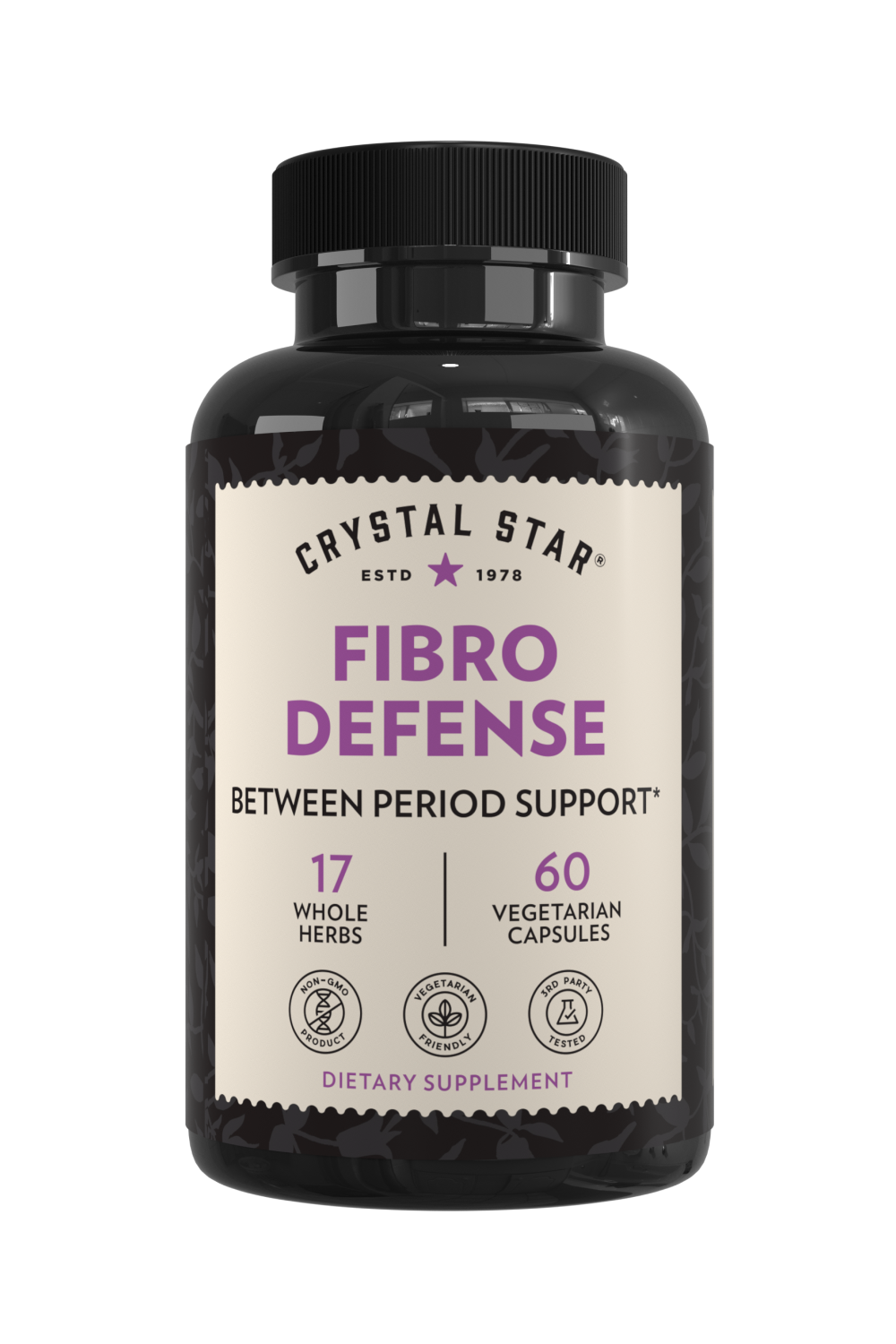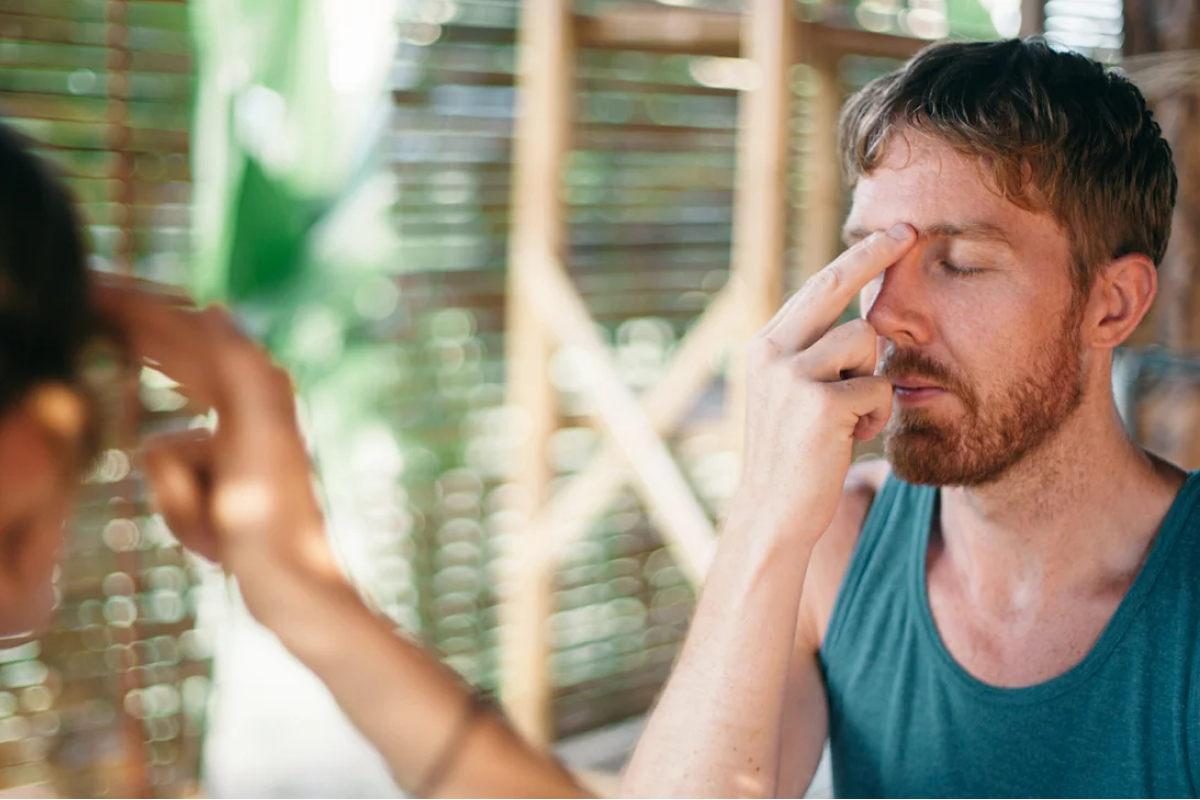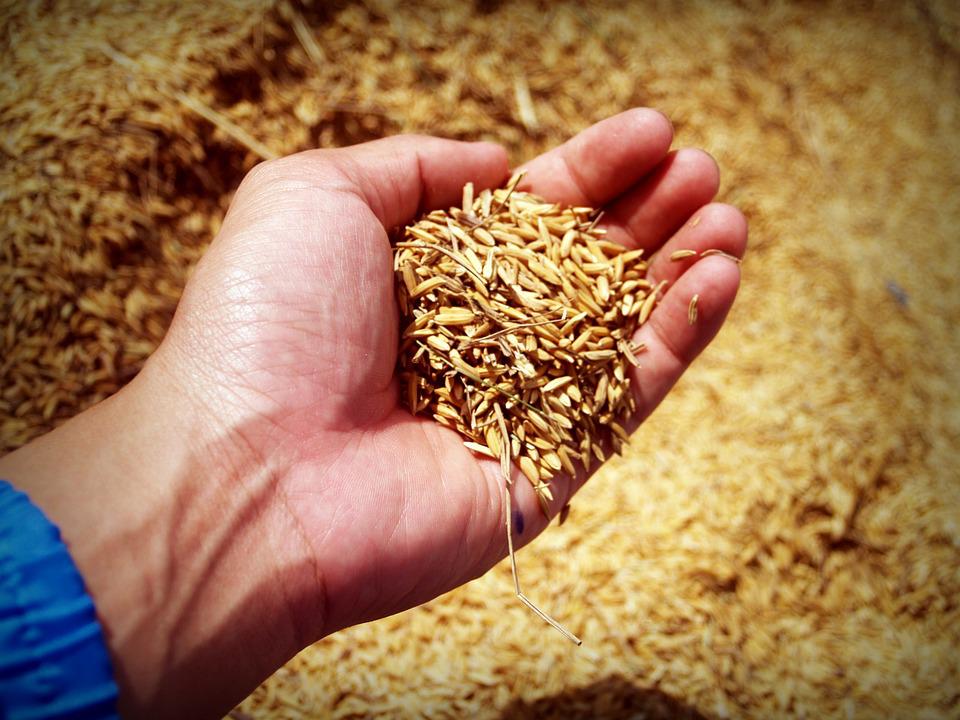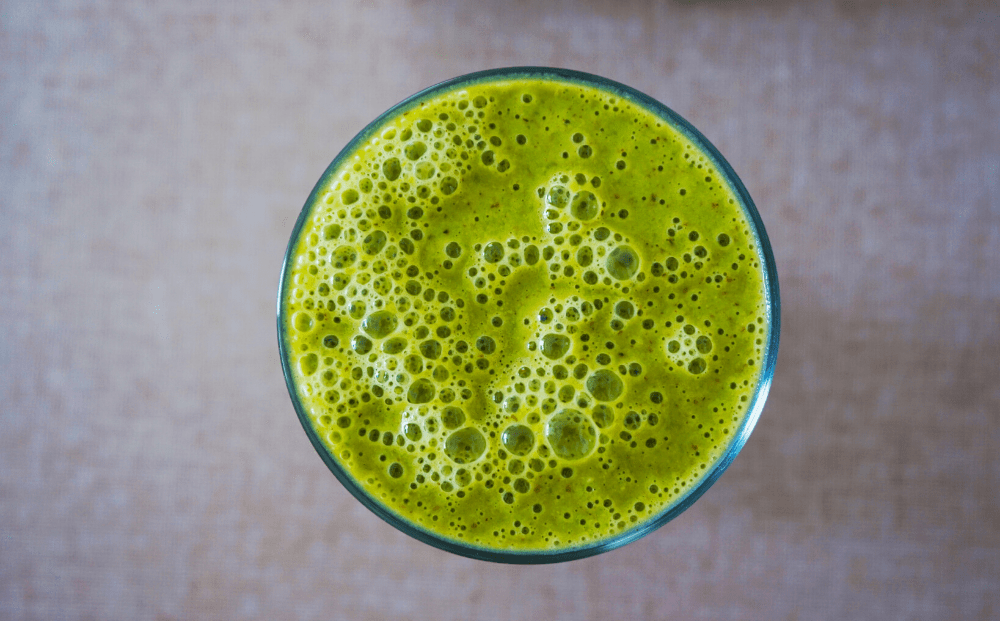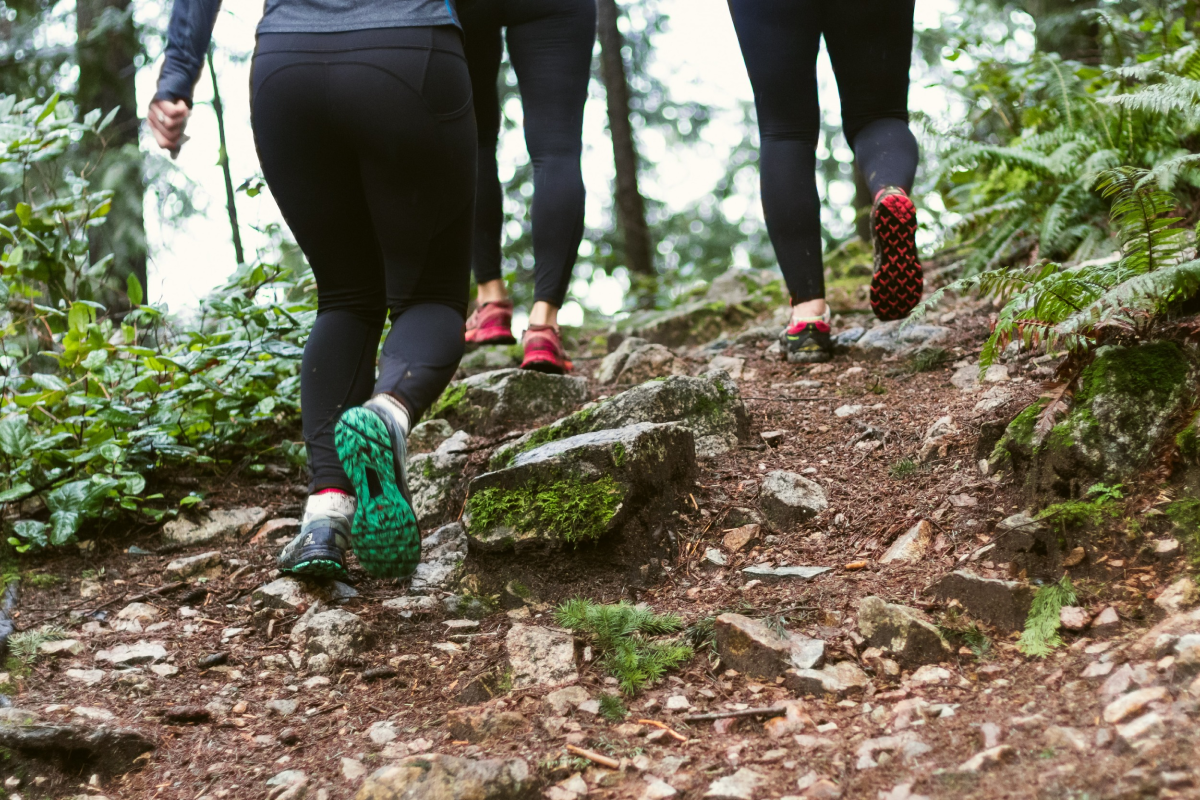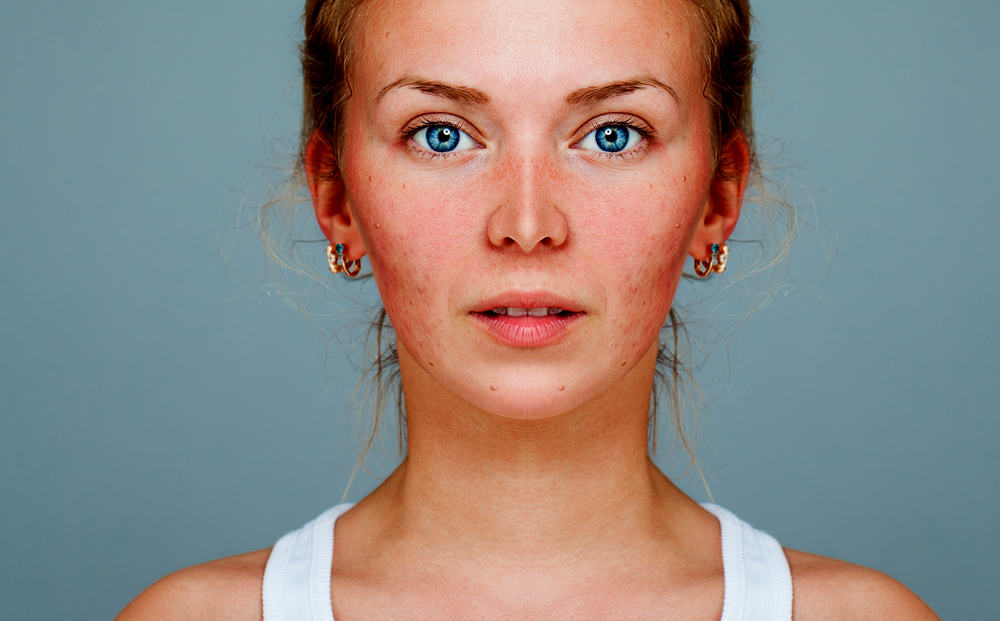
What Are The Best Natural Rosacea Treatments?
You wake up in the morning and look in the mirror and you notice that your face looks redder than usual. You don’t think much of it. We all change with age, right? Later in the day, you’re looking at pictures from the past and you notice that the redness in your cheeks, chin, nose, and forehead has progressively increased over time. In some of the pictures, you notice acne-like bumps in the reddened areas and you begin to wonder, “Could this be rosacea? And if so, should I be concerned about this in the long term?”
WHAT ARE THE FOUR TYPES OF ROSACEA?
Rosacea is a common inflammatory skin condition that causes recurrent or persistent redness in various areas of the face. It typically occurs in people with fairer skin. There are four clinical subtypes or categories of rosacea, and each of these categories can look somewhat different from the others.
1. ERYTHEMATOTELANGIECTATIC ROSACEA
People with rosacea in the first category—erythematotelangiectatic rosacea—may notice facial redness and visible blood vessels in their faces
2. PAPULOPUSTULAR ROSACEA
People in the second category—papulopustular rosacea—may notice that their facial redness is accompanied by acne-like bumps on their faces
3. PHYMATOUS ROSACEA
People with phymatous rosacea may notice that, along with their facial redness, their noses have become larger or more bulbous
4. OCULAR ROSACEA
And people with ocular rosacea may notice redness, burning, dryness, and itching of the eyes.
WHAT CAUSES OR TRIGGERS ROSACEA?

One environmental exposure that rosacea may be related to is Demodex folliculorum,[2] a genus of tiny mites that live in or near the hair follicles of mammals. Under normal circumstances, Demodex mites are held in check by our immune systems. In people with compromised immune systems, however, Demodex mites are able to proliferate.
Here’s how: Higher levels of Demodex mites in the skin of the face have been associated with a tendency for white blood cells to undergo apoptosis (or self-destruct) more often than is considered normal. This increased rate of apoptosis leads to decreased immune performance and localized suppression of the immune system. The resulting local immunosuppression in the skin of the face makes it possible for Demodex mites to proliferate more rapidly.
Research suggests that Demodex mites in our hair follicles ingest Bacillus oleronius, a type of bacteria that can live on our skin. When the mites die, antigens from the bacteria are released. This release of antigens causes a massive immune response in some people, specifically in the people we just discussed—those individuals who have this tendency for white blood cells to undergo apoptosis, resulting in localized immunosuppression. Researchers believe that this proliferation and the resulting immune response may result in what we recognize as rosacea symptoms.
Outside of Bacillus oleronius, we know of a few additional environmental exposures that can trigger a rosacea flare. This includes excessive exposure to ultraviolet light, temperature changes, spicy foods, and alcohol consumption.[3] It also includes smoking history, skin cancer history, cardiac conditions, age, and possibly stress.1 [4]
ROSACEA AND IMMUNE SYSTEM DYSREGULATION
Not everyone who has Demodex folliculorum on the skin of their face develops rosacea. Instead, we mainly see the condition in individuals with weakened or otherwise compromised immune systems.2 These individuals’ immune systems tend to become overstimulated in response to Bacillus oleronius exposure from the mites.In keeping with the notion of rosacea affecting individuals with overstimulated or otherwise compromised immune systems, a study published in 2016 demonstrated a connection between rosacea and autoimmune conditions like type-1 diabetes, celiac disease, multiple sclerosis, and rheumatoid arthritis in women.[5]
Rosacea is more common in individuals who have one or more of these conditions than it is in people who don’t have these autoimmune concerns. Rosacea has also been associated with vitamin D deficiency and H. pylori infection, both of which are closely associated with autoimmunity.
In light of these facts, if you’ve been diagnosed with or suspect that you may have rosacea, it’s worthwhile to have your healthcare provider test you for autoimmune conditions as well. This is especially true if you also have some of the most common symptoms of autoimmune disease, such as pain, swelling, fatigue, gastrointestinal concerns, and difficulty concentrating.
Trouble concentrating is a symptom that is common to multiple autoimmune conditions, including multiple sclerosis, Hashimoto’s thyroiditis and lupus, although the exact cause in many cases is difficult to pinpoint. Lupus can also produce facial rash that looks similar to rosacea, so be sure that what you’re experiencing is rosacea and not a lupus related skin flare up.
HOW TO TREAT ROSACEA
Conventional treatment for rosacea typically includes:- a good skin care routine; (check out Sustainable skincare that’s awesome for you and the planet for tips)
- topical medication to reduce redness;
- acne medication;
- and antibiotic therapy, such as metronidazole or tetracycline antibiotics, to address bacteria that may be contributing to the condition.
Conventional treatments aren’t always 100% effective and most of them are aimed at controlling symptoms. As a result, many people turn to non-conventional methods of addressing rosacea.
Here are a few of the most common and effective natural rosacea treatments.
ANTI-INFLAMMATORY TOPICAL ROSACEA TREATMENTS
There are quite a few botanical products that have been studied in the context of their effects on rosacea. These herbs tend to be beneficial because of their antimicrobial, anti-inflammatory, and immune-modulating properties.
GREEN TEA (CAMELLIA SINENSIS) EXTRACT AS A REMEDY FOR ROSACEA

Research demonstrates that a 2% polyphenon-epigallocatechin gallate (green tea extract) cream, applied to the faces of 25-to-50-year-old women with papulopustular and erythematotelangiectatic rosacea twice daily for four weeks led to significant decreases in the number of inflammatory acne-like pustules.[6] This was compared to a group of women who were given a placebo cream. We believe these effects are due to green tea’s anti-inflammatory properties.
TEA TREE (MELALEUCA ALTERNIFOLIA) ESSENTIAL OIL AS A TOPICAL REMEDY

Diluted tea tree essential oil is another home remedy that has been demonstrated to be effective in addressing rosacea-related symptoms. We believe that its antibacterial and anti-inflammatory properties are responsible for these effects. Research suggests that the topical application of the oil may decrease the amount of Demodex folliculorum mites in the hair follicles.[7] It may also help modulate the immune system, and particularly the inflammatory response.
The typical dilution recommendation for topical tea tree oil is to use 1-2 drops of tea tree oil for every 18 drops of carrier oil. As a carrier oil, most people use coconut oil; however, coconut oil can cause dryness in some people who use it frequently. If it does, I typically recommend trying jojoba oil, grapeseed oil, or any other carrier oil until you find the one that works for you.
ALOE (ALOE VERA) AS A TOPICAL ROSACEA REMEDY

Aloe vera gel is another anti-itching and inflammation-and-immune-modulating, natural remedy that has been suggested in the medical literature for its ability to address or treat rosacea.[8] The salicylic acid and polysaccharides in aloe are responsible for these effects.
UV-BLOCKING SKIN CARE PRODUCTS AND ROSACEA
It’s very important to take special precaution when selecting topical skin care products if you have rosacea. For example, we know that excessive exposure to the sun’s ultraviolet rays can be a trigger for rosacea flares.To prevent UV-related flares, most people resort to sunscreen, but few people know that the type of sunscreen makes a difference. If you have rosacea, sunscreens made with zinc oxide and titanium oxide are preferable to chemical sunscreens which can irritate the skin and cause further problems.
LASER TREATMENTS
Long-pulsed neodymium-doped yttrium aluminium garnet laser treatments have also been demonstrated to be beneficial in addressing erythematotelangiectatic and papulopustular rosacea.[9] Use this type of laser treatment to reduce redness and decrease acne-like lesions, leading researchers to conclude that it is a safe and effective rosacea treatment.
WHAT TO DO IF YOU NOTICE ROSACEA SYMPTOMS
To sum it all up, if you’ve begun to notice reddening, acne-like bumps, or broken blood vessels on your face, reddening and changes in the size and/or shape of your nose, or even redness, burning, dryness, and itching of the eyes, these could all be symptoms of rosacea.Rosacea tends to be associated with compromised immunity, the presence of a specific type of bacteria, and increased inflammation. As a result, therapies that support the immune system, are antimicrobial, and decrease inflammation are typically used to address these concerns.
Avoiding sunscreen and other skin-care products that contain alcohol, fragrances, and Padimate O[10] can also be beneficial, as can using laser treatments.
Finally, rosacea has been associated with various autoimmune conditions, so if you have symptoms of autoimmune disease or if you have symptoms of rosacea and a family history of autoimmune conditions, it may help to visit your doctor to ensure that other autoimmune conditions aren’t contributing to your symptoms.
Dr. Janelle Louis is a licensed naturopathic doctor who specializes in helping people with childhood trauma overcome the chronic health concerns they are at increased risk for developing, including mental health conditions, reproductive concerns, autoimmune diseases, and metabolic syndrome. Dr. Louis is committed to ensuring that her patients live their healthiest lives in the present in spite of their difficult pasts.
References
[1] https://www.ncbi.nlm.nih.gov/pubmed/26307938
[2] https://www.ncbi.nlm.nih.gov/pubmed/22933353
[3] https://www.ncbi.nlm.nih.gov/pubmed/25890455
[4] https://www.ncbi.nlm.nih.gov/pmc/articles/PMC5828925/
[5] https://www.ncbi.nlm.nih.gov/pubmed/26830864
[6] https://www.jaad.org/article/S0190-9622(04)02800-2/fulltext
[7] https://www.ncbi.nlm.nih.gov/pubmed/29667560
[8] Emer J, Waldorf H, Berson D. Botanicals and anti-inflammatories: natural ingredients for rosacea. Semin Cutan Med Surg. 2011;30(3):148-55. doi: 10.1016/j.sder.2011.05.007.


